Syn.: Senecio canus Hook., Senecio canus var. eradiatus D. C. Eaton, Senecio canus var. purshianus (Nutt.) A. Nelson, Senecio convallium Greenm., Senecio hallii Britton, Senecio hallii var. discoidea W. A. Weber, Senecio harbourii Rydb., Senecio howellii Greene, Senecio laramiensis A. Nelson, Senecio oreopolus Greenm., Senecio purshianus Nutt.
Family: Asteraceae Bercht. et J. Presl
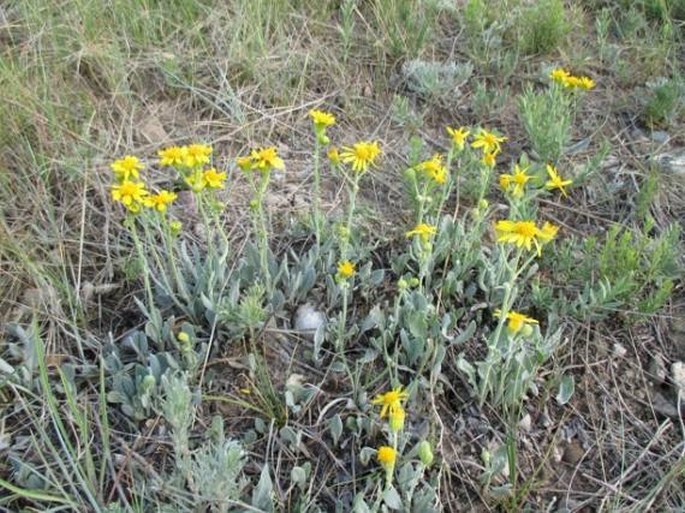
Distribution: West of North America, from British Columbia to Manitoba and in US from Minnesota, Nebraska, Kansas and New Mexico westward. Absent in Arizona.
Ecology: Dry, rocky, open sites, plains, prairies from 200–3700 m of elevation. Blooms from May to August.
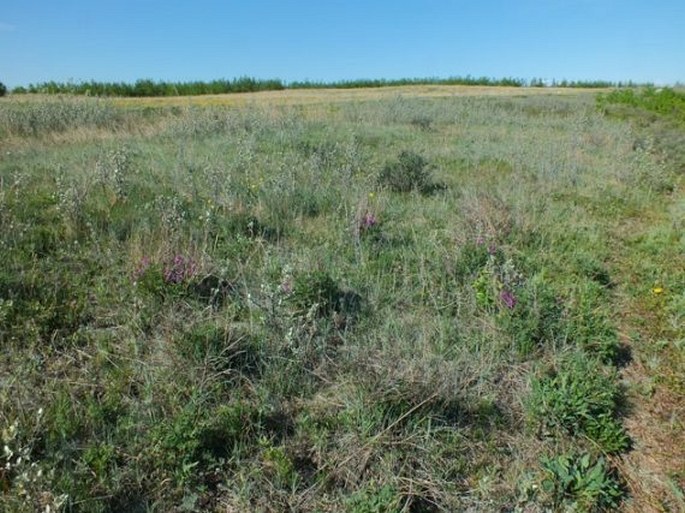
Description: Perennial herb, 10–25(–40) cm tall, all parts silvery-grey pubescent, forming clumps, from branched rhizome. Stems 1 per rosette of leaves. Basal leaves petiolate, ovate or elliptic to lanceolate, 25–50 × 10–30 mm, bases tapering, margins entire or undulate to toothed; stem leaves progressively reduced. Inflorescence is a flat-topped corymb, 3–12-flowered, peduncles with bracts; involucre campanulate, single row of bracts, 4–8 mm long; ray florets deep yellow,
8–10, 8–10 mm; disc florets 35–50. Fruit is an achene with white, bristly pappus.
Threat and protection: Listed as endangered in state of Minnesota.
Note: The genus Packera is a segregate of Senecio and contains about 64 species from subtropical, temperate, and arctic regions of North America, 1(–2) species reported from Siberia.
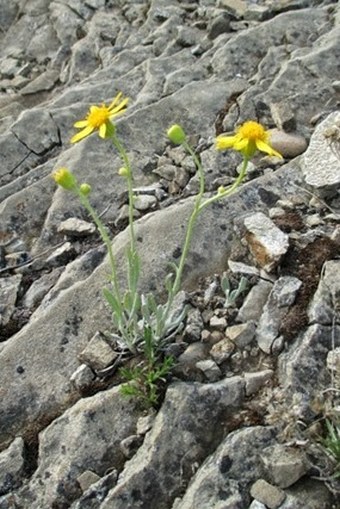
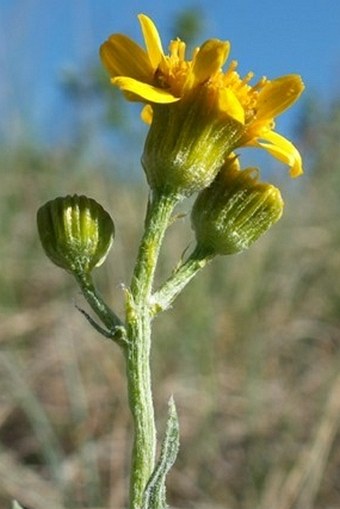
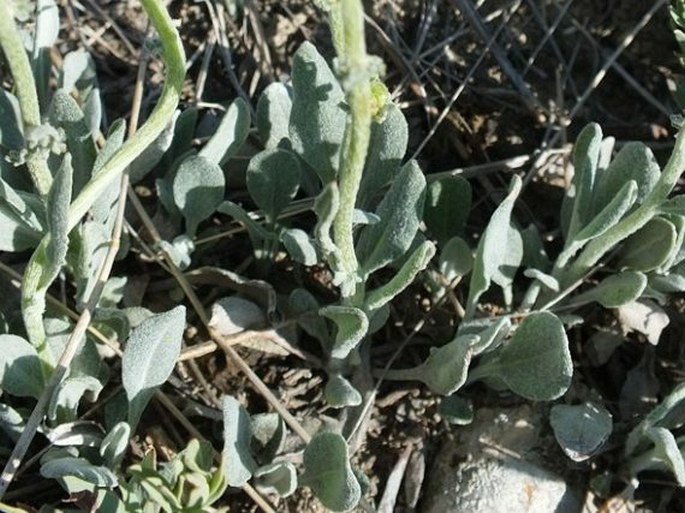
These images were taken in Canada, Alberta, Calgary, Confluence Park (June 2015).


